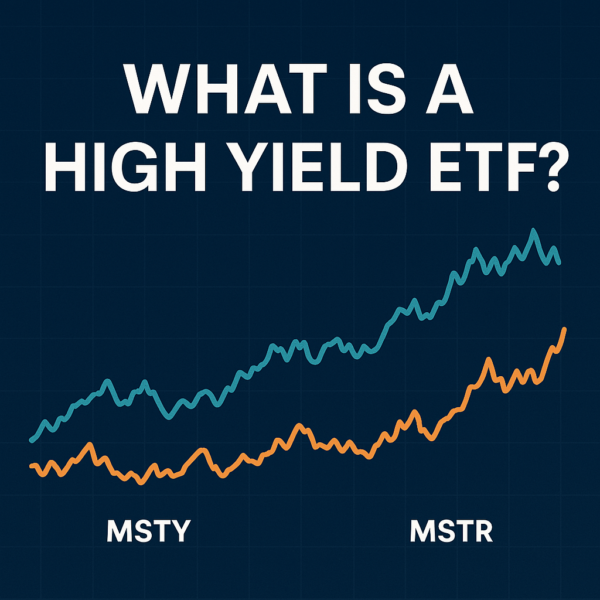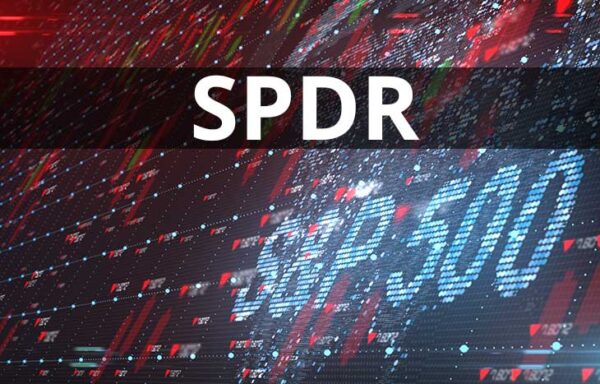ETFs That Short The Market
Investors looking to hedge against investment risk should consider ETFs that short the market. It’s one thing to make a profit and book some gains while the market is going up and bullish. But, the real money goes to investors who can play both sides of the market – bullish and bearish – and still profit. You can now do so by investing in Inverse ETF’s to short the market.
Legendary investors such as Jesse Livermore, Michael Burry, and John Paulson have all made massive fortunes betting against the market and shorting it at the right time. In the book Reminiscences of a Stock Operator, the author details the life of Jesse Livermore, whose claim to fame is making his first million by shorting the stock market in 1907.
However, Jesse didn’t have the advanced financial tools that we have today. Luckily for all of us, shorting the market is much more accessible with the help of Inverse ETFs.
The Best ETFs to Short the Market
Inverse or Reverse ETFs are financial instruments designed to increase in value when an underlying benchmark or asset decreases in value. For example, if you wanted to bet against one of the most popular stock indexes, the S&P 500, you could do so by simply purchasing a short ETF such as the ProShares UltraPro Short S&P 500 (NYSE: SPXU).
Investing in a bearish ETF like this can give you exposure to the downside risks of the S&P 500 index. If the S&P 500 loses value, the SPXU ETF will increase and vice versa.
There are a few things you should keep in mind when it comes to investing in inverse ETFs.
- They are not designed to be long-term investments.
- It costs money to short the market. Most inverse ETFs will charge a fee.
- You can lose significant money in leveraged ETFs if the asset increases in value.
You can use short ETFs as a way of protecting your portfolio from downside risk or to speculate an asset/index will lose value. Here is a list of ETFs that short the market to help get you started. These funds should assist you in earning a profit no matter which way the market goes.
ProShares UltraPro Short QQQ ETF (NASDAQ: SQQQ)
- Average Volume: 42.5M
- Short: Nasdaq 100 Index
- Focus: Large-Cap, Technology
- Expense Ratio: 1.01%
- Leverage: -3X
The ProShares UltraPro Short QQQ ETF or SQQQ is a short ETF designed to short the Nasdaq 100 Index. The SQQQ ETF is 3X daily leveraged, or in other words, it generates three times the opposite of the daily performance of the Nasdaq 100 Index.
Some of the top holdings in the Nasdaq 100 index include Apple (Nasdaq: AAPL), making up 10.94% of the total assets, Microsoft (NASDAQ: MSFT) with 9.39%, and Amazon (NASDAQ AMZN) with 8.18%. The remaining holdings lean primarily towards the technology sector with 44.5% of the total.
If you are bearish large-cap technology stocks, then the SQQQ ETF maybe for the right holding for you. You can also use this ETF to protect your large-cap holdings when you believe the companies are overbought and due for a correction.
Large-cap and tech stocks can be significantly influenced by factors like political tension and trade wars. Investing in ETFs that short the market can help buffer the impact these events have on your portfolio.
ProShares Short Russell2000 (NYSE: RWM)
- Average Volume: 453.3K
- Short: Russell 2000 Index
- Focus: Small Cap
- Expense Ratio: 1.02%
- Leverage: -1X
Rather than betting against large-cap stocks, you can short the small-cap stocks with the ProShares Short Russell2000. In the Russell 2000 Index, you will find companies like AMC Entertainment (NYSE: AMC), Intellia Therapeutics (NASDAQ: NTLA), and Crocs (NASDAQ: CROX) as the top holdings. The Index is much more diverse across sectors, with Healthcare (20.3%) being the largest, followed by Industrials (14.78%) and Technology (14.21%).
You would invest in the RWM short ETF if you are bearish small-cap stocks and believe they will decrease in value. Small-cap stocks are also heavily influenced by certain factors and can be more volatile than large-cap stocks.
AdvisorShares Ranger Equity Bear ETF (NYSE: HDGE)
- Average Volume: 26.5K
- Short: Various individual stocks
- Focus: Domestic
- Expense Ratio: 3.12%
- Leverage: -1X
If you are truly looking to short the stock market, this bearish ETF might be worth looking at. Rather than tracking a particular index, this ETF handpicks companies to short based on several factors.
The portfolio managers will seek out short candidates based on criteria like poor earnings or unethical practices that can make the company seem more valuable than it really is. Since it’s costly to short stocks, the expense ratio is slightly higher than most inverse ETFs at 3.12%
The ETFs holdings are rather diverse across sectors, with technology currently making up around one-third of the portfolio. Some of the top holdings include companies like Appfolio (NASDAQ APPF), Coupa Software (NASDAQ: COUP), and Aramark (NYSE: ARMK).
When the market tops out, it’s generally the overvalued stocks with poor fundamentals that fall the furthest. Investing in HDGE stock can upgrade your portfolio when an economic downturn begins.
Direxion Daily CSI 300 China A Share Bear (NYSE: CHAD)
- Average Volume: 8.08K
- Short: CSI 300 Index
- Focus: China
- Expense Ratio: 0.84%
- Leverage: -1X
When political tensions arise between China and the U.S, investors are always looking at the impact. Why not invest in an ETF that’s specifically developed to short some of the top companies in China.
The Direxion Daily CSI China Bear ETF serves to create the opposite of China’s CSI 300 Index daily performance. The CSI 300 Index is a collection of 300 of the top stocks listed on the Shanghai Stock Exchange.
Investors looking to cash in on the rocky relationship between the U.S and China can use this ETF to speculate when Chinese stocks will take a hit.
The Right Time to Invest in ETFs that Short the Market
When you invest in an Inverse ETF, it’s all about the timing of the trade. Investing in a bearish ETF at the wrong time can lead to slow, uneventful declines in value, causing you to lose money. Inverse ETFs are also not designed to be long-term investments. Instead, they should help to hedge your portfolio or speculate on an index or market.
Inverse ETFs are an excellent investment tool, but you should use them under special circumstances. If you are looking for long-term investments, you should consider assets with higher earnings potential, such as growth stocks or other alternative investments.
Did you enjoy this article on ETFs that short the market? For more exciting investment tips, join our free Trade of the Day e-letter. You’ll not only learn how to trade, but you’ll gain valuable insight that will help you gain the most profit out of each trade. Join today.
About Pete Johnson
Pete Johnson is an experienced financial writer and content creator who specializes in equity research and derivatives. He has over ten years of personal investing experience. Digging through 10-K forms and finding hidden gems is his favorite pastime. When Pete isn’t researching stocks or writing, you can find him enjoying the outdoors or working up a sweat exercising.






